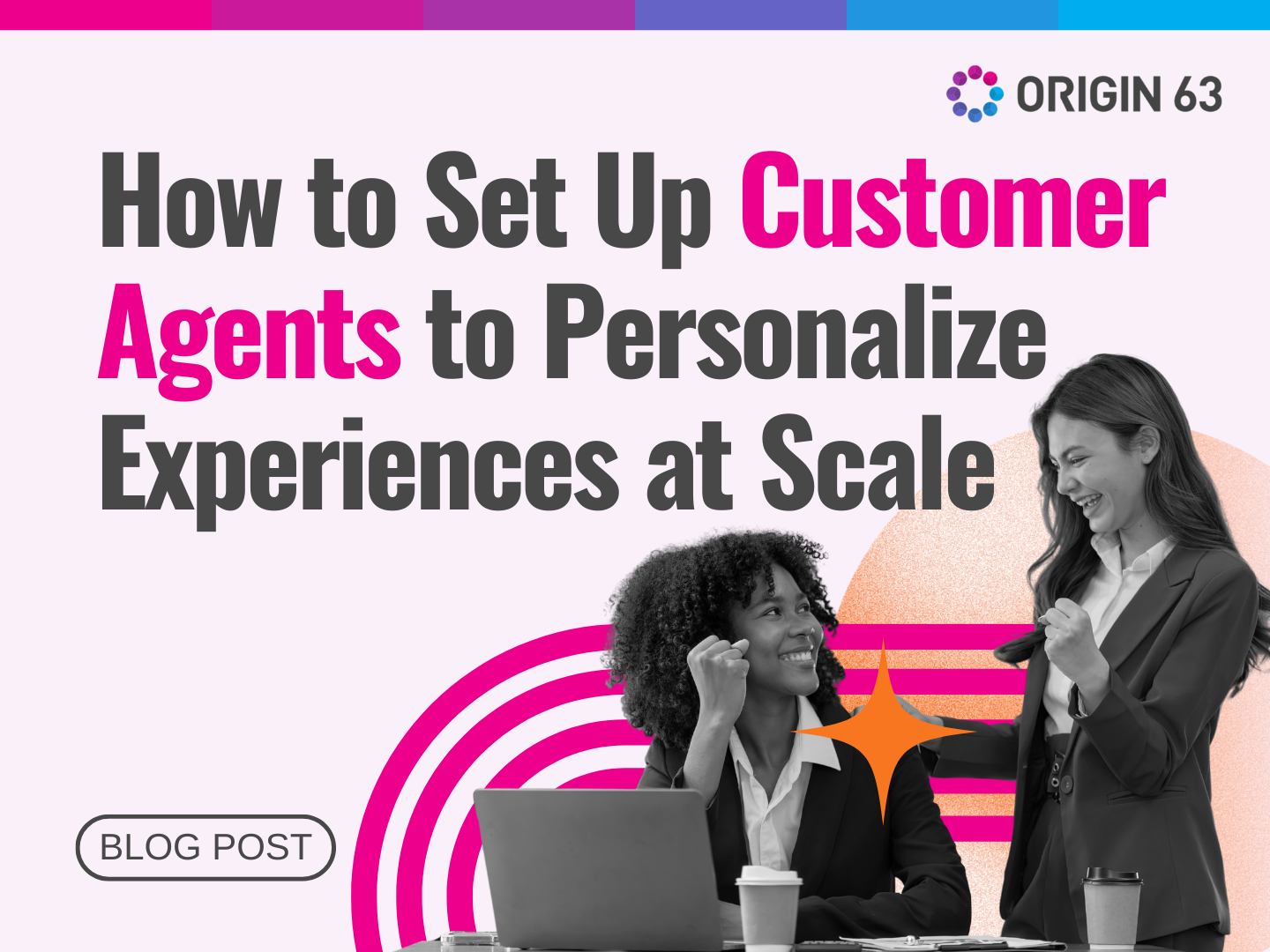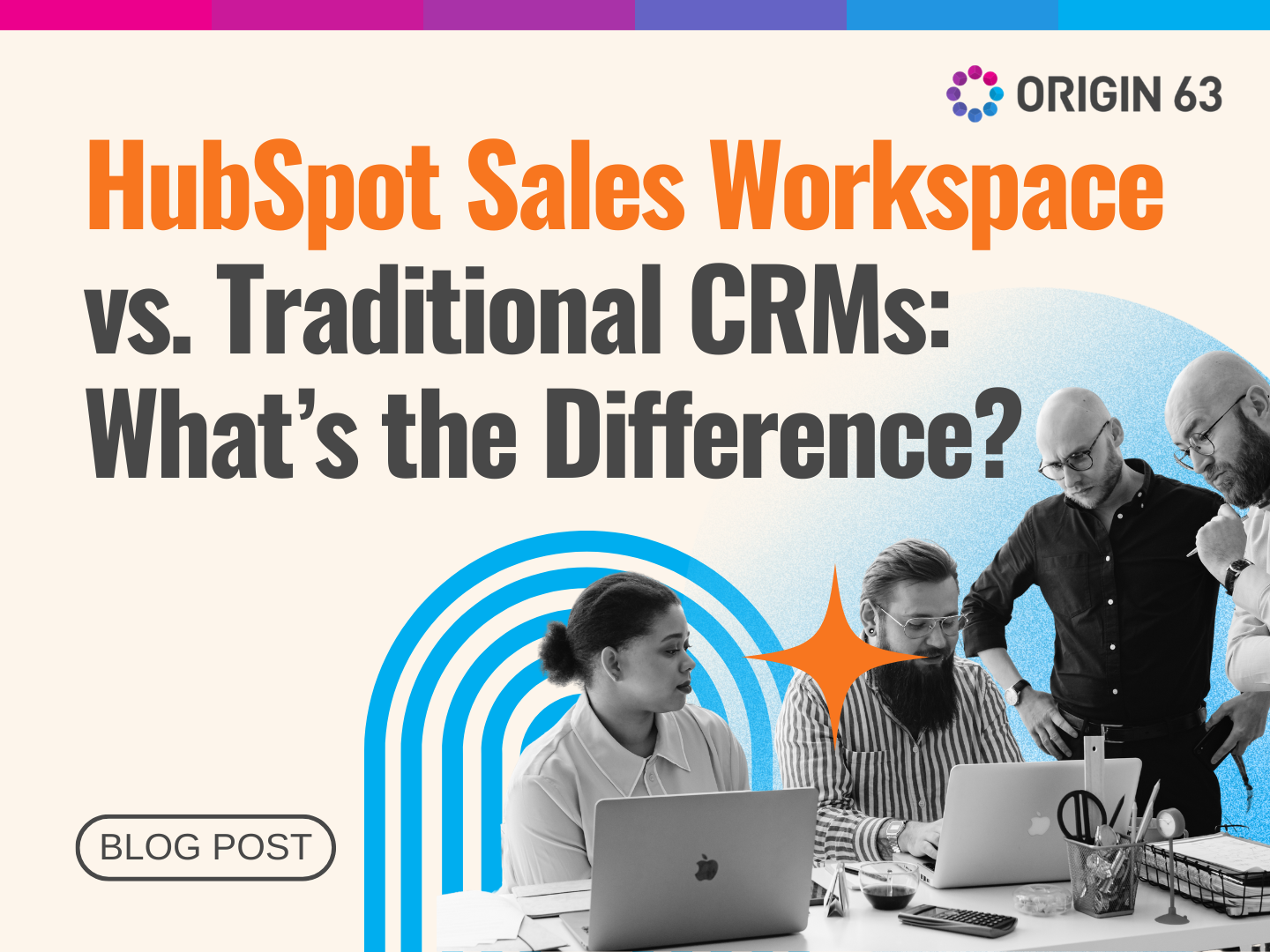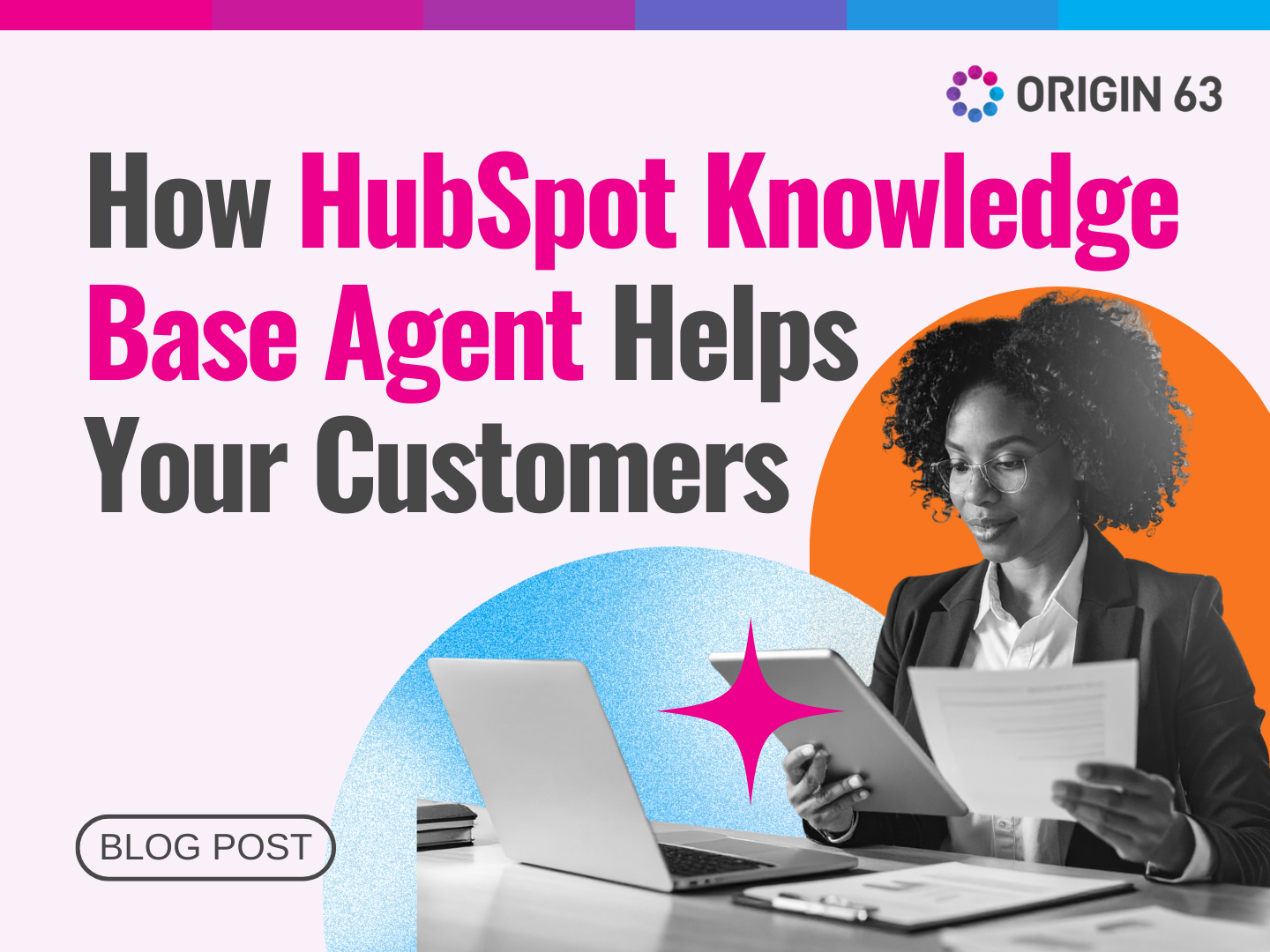Shopping habits are changing fast—more people are buying online, scrolling social media for deals, and expecting brands to really “get” them. Keeping up with all that can feel like a lot.
A CRM (Customer Relationship Management) system can help. It’s a tool that makes it easier to stay organized, connect with your customers, and give them the personalized experience they want.
Let’s discuss everything you need to know about CRMs and how to make them work for your business.
What is CRM, and Why Does It Matter for Consumer Goods?
These days, people aren’t just shopping in stores—they’re scrolling through social media, leaving reviews, and messaging brands directly. About 80% of consumers use social media to connect with brands, whether they have an online store or not.
Keeping track of all those interactions and building genuine relationships can be tricky. That’s where a CRM (Customer Relationship Management) system comes in.
A CRM helps you keep all your customer info and interactions in one place. It tracks what they care about and how they’re engaging with your brand and gives you tools to reach them in a way that feels personal.
For consumer goods companies, this can make a big difference. A CRM lets you dive into customer insights, create targeted campaigns, and ensure your messaging resonates.
It helps you know your customers better, send the right message at the right time, and build lasting loyalty.
How to Choose the Right CRM for Your Consumer Goods Business
Not all CRMs are created equal, so it’s worth finding one that truly fits your business needs. Successful adoption also depends on good planning. Make sure to involve your team early, provide proper training, and set clear goals to get the most out of your investment.
Here are factors to consider when choosing a CRM, especially for a consumer goods company:
1. Scalability
Your CRM should grow alongside your business. As your customer base expands and you handle more data, you need a system to keep up.
Look for features like automated data organization, support for large teams, and advanced analytics to ensure your CRM doesn’t become a bottleneck.
For consumer goods companies, scalability is especially important since seasonal spikes or viral trends can lead to sudden growth. A CRM that scales ensures you’re prepared for anything.
2. Integration

Your CRM should connect seamlessly with the tools you already use—like your e-commerce platform, supply chain software, or marketing automation tools. Integration allows your teams to work more efficiently by keeping all your data in one place.
For example, connecting your CRM with your help desk ensures customer interactions are tracked, so when a customer reaches out for support, your team has all the context they need.
This is especially helpful for consumer goods brands that operate across multiple sales channels or interact with customers through social media, email, and phone.
3. Features That Drive Retention
Retaining customers is as important as acquiring new ones in the consumer goods industry. CRMs with retention-focused features can help you build stronger relationships and keep customers returning.
- Omni-Channel Messaging: Customers expect you to meet them where they are, whether it’s on social media, email, or chat. A CRM with omnichannel messaging lets you switch between platforms seamlessly, making providing fast and consistent service easier.
- Help Desk and Ticketing: A streamlined help desk ensures your support team can manage and resolve issues quickly. This improves the customer experience and boosts loyalty.
- Customer Health Tracking: Some CRMs offer tools to monitor health scores and customer satisfaction trends, which can help you identify opportunities to upsell or proactively address problems.
4. Self-Service Options
Many consumers prefer to find answers independently before reaching out for help. Features like a knowledge base or customer portal empower your audience to get quick solutions while reducing the workload for your team.
Self-service functionality is especially useful for brands with a large volume of customer inquiries, as it ensures customers always have access to support—even outside of business hours.
5. Analytics and Insights

A CRM is only as good as the insights it provides. Look for systems that offer robust analytics, like customer satisfaction scores, service performance reports, or product usage trends.
For consumer goods brands, these insights are gold—they help you fine-tune your strategy, improve your offerings, and create personalized experiences.
How These Brands Nailed It with CRM Solutions
Switching to the right CRM can revolutionize how businesses operate, as shown by these two examples.
How a Global Food & Health Brand Got Their Marketing on Track
This century-old industry leader had a problem: their marketing was a mess. Teams across continents were all doing their own thing, files were scattered everywhere, and their platform, Marketo, wasn’t cutting it. Campaigns were slow, inconsistent, and tough to manage.
Origin 63 moved the company to HubSpot and turned things around by:
- Organizing Assets: Implemented a clear folder structure and naming conventions so teams could easily find and use the right materials.
- Standardizing Campaigns: Created multilingual templates for consistent messaging across regions, streamlining campaign execution.
- Centralizing Lead Management: Unified forms and ensured GDPR compliance, improving the quality and organization of lead data.
Ultimately, the company experienced faster workflows, better email performance, and happy teams who could finally focus on what mattered.
How Onyx Motorbikes Transformed Operations with HubSpot
Onyx Motorbikes, an innovative electric bike company, struggled with fragmented processes. Their sales and service teams operated on separate systems, and their small team was stretched thin.
Origin 63 stepped in with HubSpot Sales and Service Hubs and got things moving:
- Centralize Customer Data: Consolidated sales, service, and marketing data for better tracking and insights.
- Streamline Workflows: Automated ticketing and task assignments for warranty claims and custom orders, improving efficiency.
- Enhance Reporting: Introduced tools to track sales trends, measure ROI, and analyze the customer journey.
With these improvements, Onyx streamlined operations, strengthened dealer relationships, and created more time to focus on growing their business.
Lessons Learned and Tips for Maximizing CRM Value

These success stories reveal insights into how businesses can get the most out of a CRM system. Here are the lessons we learned and practical advice to help others maximize their CRM’s potential.
1. Start with a Clear Strategy
Before diving into a CRM implementation, you should have a well-defined plan. Both companies faced challenges because their workflows and systems were fragmented.
Assessing your current processes and identifying where a CRM can add the most value will make the transition much smoother.
Think about your specific goals, like improving lead tracking, simplifying operations, or aligning teams. The clearer your vision, the more effective your CRM will be in meeting your needs.
2. Prioritize Team Alignment
No matter how advanced your CRM is, it won’t deliver results if your teams aren’t on the same page. Inconsistent workflows and communication gaps slowed down progress for both companies until they implemented standardized processes.
Aligning your teams on how the CRM will be used is essential. This includes proper training and creating systems that work for everyone—whether they’re in marketing, sales, or customer service.
Teams with a unified approach can collaborate more effectively and make the most of the CRM’s features.
3. Customize the CRM to Fit Your Needs
Off-the-shelf solutions rarely address every business's unique requirements. The global food company and Onyx succeeded because they tailored their CRM setups to meet their specific challenges.
For example, Onyx Motorbikes used HubSpot to create custom sales pipelines for their bike orders, while the global ingredients company implemented templates that worked across languages and regions.
Customization might take extra effort upfront, but it ensures the system fits seamlessly into your workflows.
4. Leverage Automation for Efficiency
Automation can save teams a lot of time and reduce manual work. For example, Onyx Motorbikes automated their customer service ticketing process, while the global ingredients company streamlined campaign management.
Automating repetitive tasks like follow-up emails, lead assignments, or ticket creation lets your team focus on higher-value activities, like building customer relationships or refining marketing strategies. It’s an investment in efficiency that pays off in the long run.
5. Organize Your Data and Assets
Messy data and disorganized assets can hold teams back. Both companies struggled with scattered files and inconsistent data before implementing their CRMs.
The solution was to centralize everything and create clear structures for naming, storing, and accessing information.
This made it easier for their teams to find what they needed and stay consistent. Keeping your data clean and organized is essential—not just for efficiency but also for compliance with regulations like GDPR.
6. Continuously Monitor and Improve
A CRM isn’t a “set it and forget it” tool. Regularly analyzing its performance is key to making improvements. Both companies used their CRM reporting tools to refine their processes.
For instance, Onyx Motorbikes used insights from their reports to strengthen dealer relationships and improve customer communication. Tracking what’s working (and what isn’t), can help you make adjustments to optimize workflows and campaigns over time.
What’s Next for CRM in Consumer Goods?

CRM technology is evolving fast. New trends like AI, automation, and omnichannel capabilities transform how companies interact with customers. Imagine automating your marketing campaigns or using AI to predict customer behavior—it’s happening now.
AI is already transforming how companies approach CRM. More than 60% of business owners believe that AI significantly boosts productivity, and over 80% of companies list it as one of their top priorities.
Automation is also proving to be indispensable, especially in sales processes. Sales professionals estimate they save over two hours daily by automating manual tasks such as data entry, scheduling, and note-taking.
These technologies are becoming essential tools for businesses to optimize operations and enhance customer interactions. As CRM technology evolves, the possibilities for innovation and improved customer engagement are virtually limitless.
The Next Step to Transform Your Business
The companies that prioritize customer relationships will come out on top. That’s why you need a CRM. Take the time to evaluate your options, involve your team, and start small if needed.
The right CRM, paired with the expertise to implement and optimize it, can make operations more efficient, unify teams, and create seamless customer experiences.
Features like automation and AI help you stay efficient, organized, and competitive. These features help you avoid repetitive work and gain valuable insights so you can focus on what really matters: growing your business and building strong customer relationships.
If you’re thinking about how to improve the way your team works, it might be time to learn more about how a CRM could make a difference.
Let’s Build Your HubSpot-Powered Success Story
At Origin 63, we specialize in helping businesses like yours streamline operations, boost efficiency, and deliver exceptional customer experiences. From seamless migrations to customized solutions, we’ll ensure your CRM investment drives real results.
Let’s talk about how Origin 63 can make it happen!




.png)
.png)








.png?width=90&height=90&name=Arrows%20Partner%20Badge-test%20(1).png)

